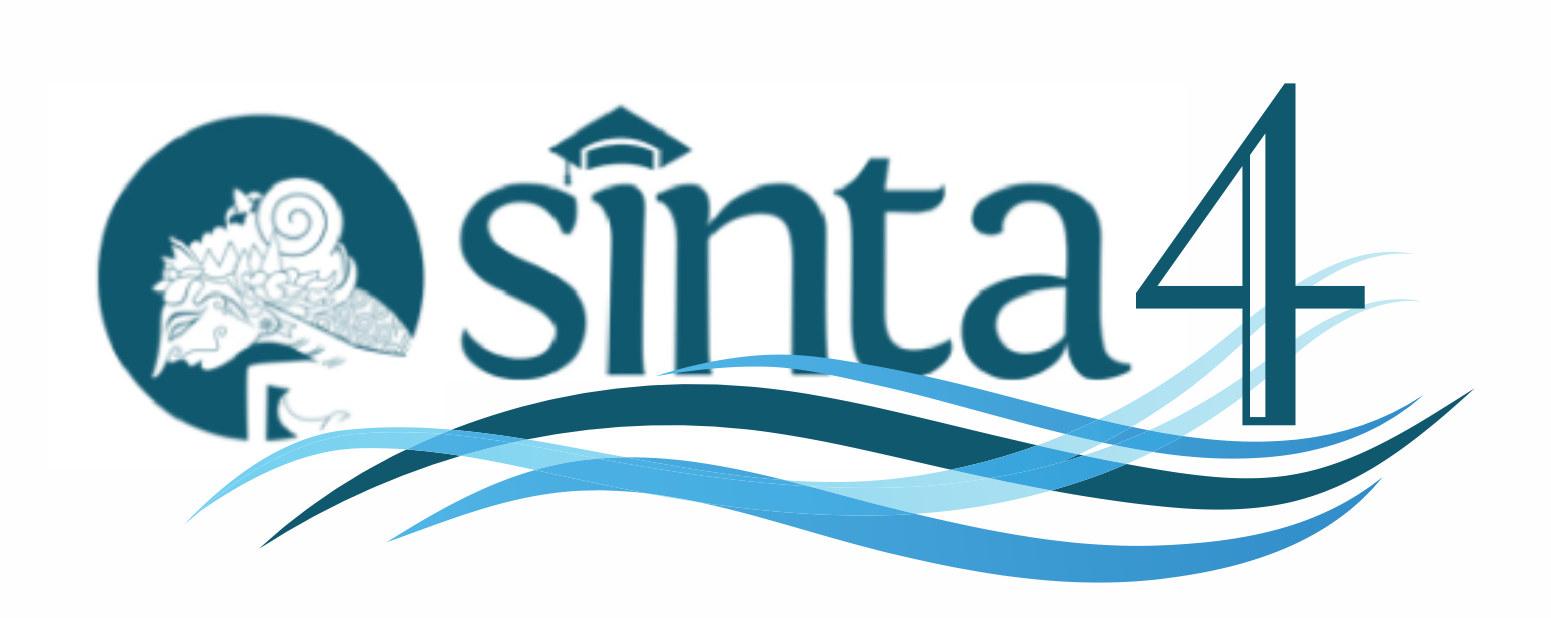STUDENTS’ RESPONSES TOWARD INDIRECT FEEDBACK THROUGH ASYNCHRONOUS ONLINE MEDIA
Abstract
Abstract. This study investigated students’ responses toward indirect feedback in asynchronous online media. The study aimed to provide evidence that the students gained more interest and confidence after getting indirect feedback from teacher and writing by using technology. The study used qualitative approach. The study involved 20 students whereas students have to write a paragraph. The data were collected by using three types of instruments including writing test, assessment format, and questionnaire. The study resulted in the following findings; students in this study were successful in correcting their errors and improving their writings after the teacher gave indirect feedbacks for their paragraph. However, the students’ writing requires improvement since the same problems and even the new problems were still found in students’ after getting indirect feedback. Students need to enrich their vocabulary to describe their thought. Students rarely use the punctuation in their sentences.
Keywords: writing, indirect feedback, asynchronous online.
Full Text:
PDFReferences
Ellis, R. (2008). A typology of written corrective feedback types. ELT Journal, 63(2), 97-101.
Galloway, J. (2007). Primary ICT for Teaching Assistants. New York: Routledge
Hamer, J. (2007). How to teach English. London: Pearson
Heaton, J. B. (1988) Writing English Language Tests. New York: Longman Inc.
Lane, D. R. (1994). Computer-Mediated Communication in the Classroom: Asset or Liability? Retrieved January 16, 2015 from http://www.uky.edu/-~drlane/techno/cmcasset.htm
Lin, J.-W., & Lai, Y.-C. (2013). Harnessing Collaborative Annotations on Online Formative Assessments. Educational Technology & Society, 16 (1), 263–274.
National Writing Project with; DeVoss, D. N. Eidman-Aadahl, E. and Hick, T. (2010). Because Digital Writing Matters: Improving students writing in online and multimedia environments. Jossey-Bass: San Francisco.
Phinney, M. (1996). Exploring the virtual world: Computers in the second language writing classroom. In M. Pennington (Ed.), The power of CALL (pp. 137-152). Houston,TX: Athelstan.
Ramsden, P. (2003). Learning To Teach in Higher Education. London: Routledge.
Roblyer, M.D and Doering, H. (2010). The Impact of Word Processing in Education. Retrieved from: http://www.education.com/reference/article/impact-word-processing-education/
Rust, C. (2002). The impact of assessment on student learning how can the research literature practically help to inform the development of departmental assessment strategies and learner-centred assessment practices?. Active learning in higher education, 3(2), 145-158.
Shyamlee, S. D and Phil, M. (2012). Use of technology in English Language teaching and learning”: An analysis. International Conference on Language, Medias and Culture.
Warschauer, M. (1997). Computer-Mediated Collaboration Learning: Theory and Practice The Modern Language Journal, 81(4), 470-481
Wu, W., & Hua, C. (2008). The application of Moodle on an EFL collegiate writing environment. Journal of Education & Foreign Languages and Literature, 7, 45-56.
Yang M., Badger, R., Yu, Z. (2006). A comparative study of peer and teacher feedback in a Chinese EFL writing class. Journal of Second Language Writing, 15(3), 179–200.
DOI: http://dx.doi.org/10.20527/jvk.v33i1.5415
Article Metrics
Abstract view : 364 timesPDF - 272 times
Refbacks
- There are currently no refbacks.
Copyright (c) 2018 Vidya Karya
Indexed By

Vidya Karya is licensed under a Creative Commons Attribution-ShareAlike 4.0 International License.







.png)
.jpg)

